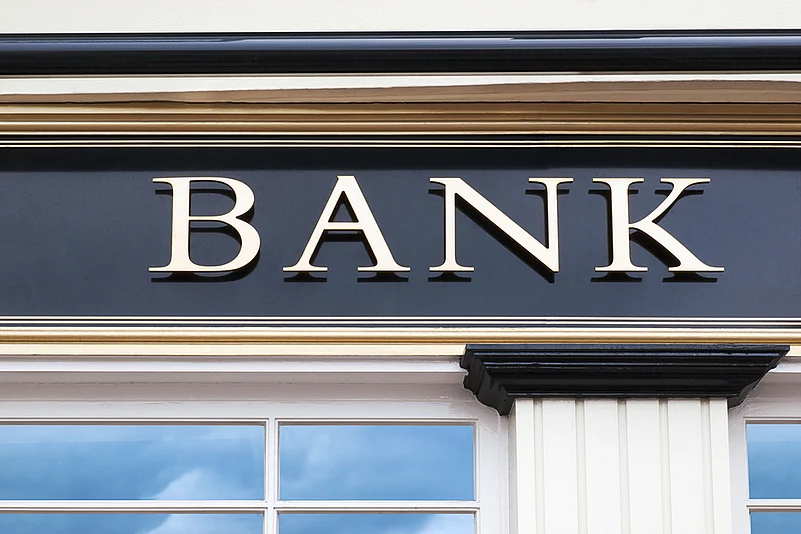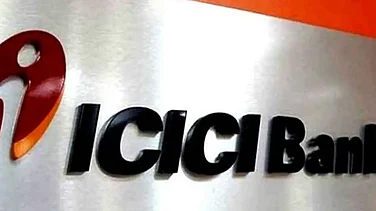New Delhi, December 3: Credit rating agency Fitch has maintained a negative outlook on Indian banks, based on the expectations of continued weak performance despite trends showing this could be past the trough, and ongoing capital requirements.
Fitch estimates that Indian banks will require an additional $7 billion of equity by FY21 to support loan growth, achieve 75 per cent non-performing loan (NPL) cover and build a buffer over the minimum Basel III capital standards. State banks will require most of this capital as the $10 billion being injected into banks in FY20 will go mainly towards bridging regulatory capital gaps, providing for ageing impaired loans, and absorbing the costs of merging 10 state banks into four by April 2020.
Advertisement
“Non-bank stress coupled with rising macro headwinds pose further challenges for asset quality, particularly at state banks, which continue to experience capital constraints, delays in bad-loan recoveries, and poor earnings. More capital is needed to insulate the banks’ weak balance sheets and to sustain loan growth,” the report analysed.
The rating outlook for most Indian banks mirrors the stable outlook on India’s sovereign rating. The Issuer Default Ratings (IDR) of all Fitch-rated state-owned banks are driven by sovereign support, while private sector banks’ IDRs – which are lower than the sovereign rating – are governed by their Viability Ratings (VR).
Advertisement
Fitch stated, a slowing economy could exacerbate asset-quality tensions for a sector, which is already grappling with weak recoveries and ageing provisions. The improvement in the impaired-loans ratio in FY19 is unlikely to be sustained if stresses on non-banks, real estate and SMEs remain unresolved, due to both tight liquidity and the macroeconomic slowdown.
Net interest margins (NIM) are likely to face pressure as floating-rate loans have to be linked to external benchmarks in a bid to ensure effective monetary transmission. This will cause a further narrowing in state banks’ income buffers, which have declined in recent years due to poor asset quality and lower growth, leaving both earnings and equity vulnerable to higher-than-expected credit costs.
The report said, systemic stress across non-banks would deal a significant setback to recovery in the banking sector, reversing recent improvements in performance, pressuring VRs, and posing solvency risks to banks with the thinnest buffers.
Fitch conducted a stress test to examine the potential impact on banks of pressures on NBFCs developing into a broad crisis. “We estimate that the scenario would leave banks with an aggregate shortfall of $10 billion to meet regulatory minimums, and $50 billion below the level that we believe would provide an adequate buffer,” the report said.















 Just one email a week
Just one email a week